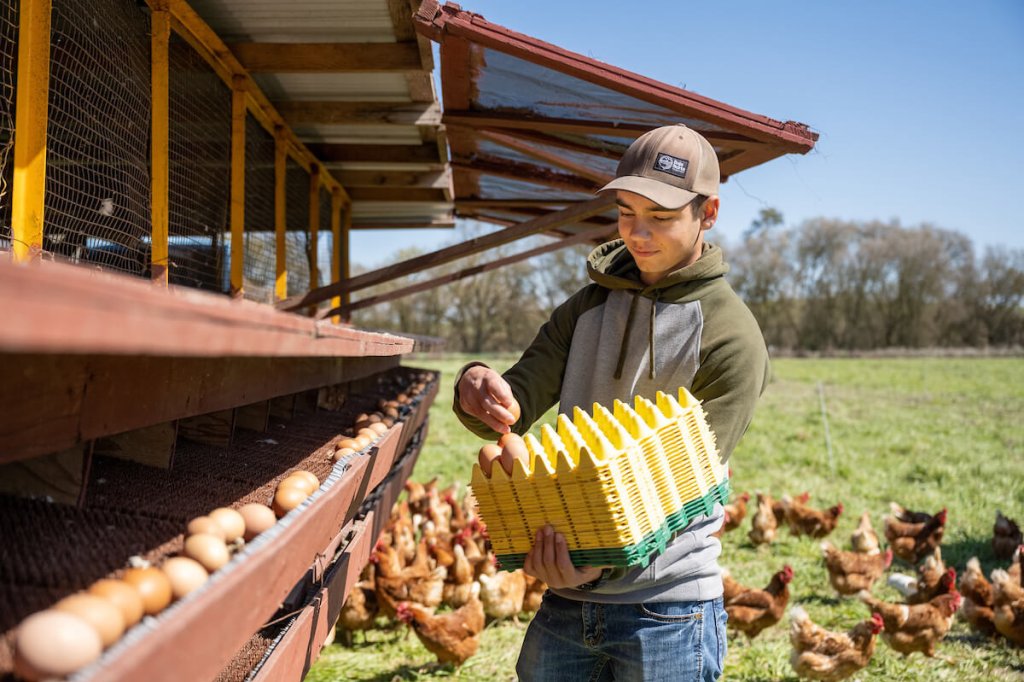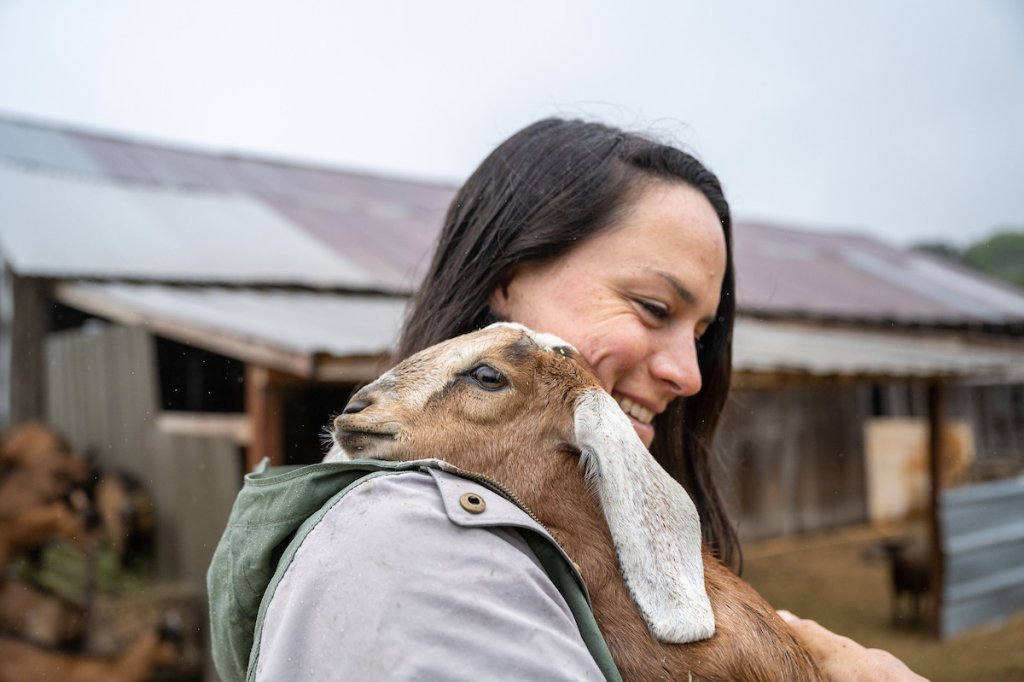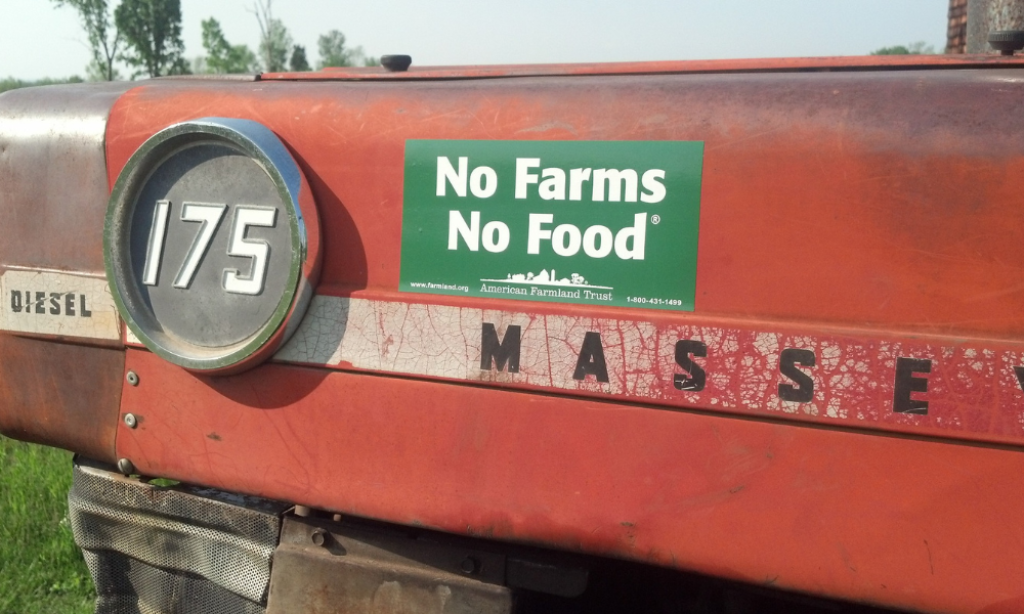Saving Farmland, Growing Cities
California stands at a crossroads. The state is experiencing a long-term housing supply crisis, with housing demand far outstripping supply. At the same time, California is losing 50,000 acres of farmland annually while also experiencing climate-related disasters that threaten our nation’s food system and local communities.
Protecting this farmland while growing California cities effectively is vital for the state’s future and our nation’s food security.
Farmland protection is often overlooked and valuable for mitigating climate-related natural disasters such as flooding and wildfires. Urban sprawl not only increases greenhouse gas emissions and air pollution due to longer commutes, but this sprawl also encroaches on agricultural lands that store carbon and sustain our economy.
Some practical solutions and approaches can help communities protect valuable agricultural land while promoting smart growth. Effective farmland conservation is possible, and there are various ways to accomplish it if localities summon the political will to do so.



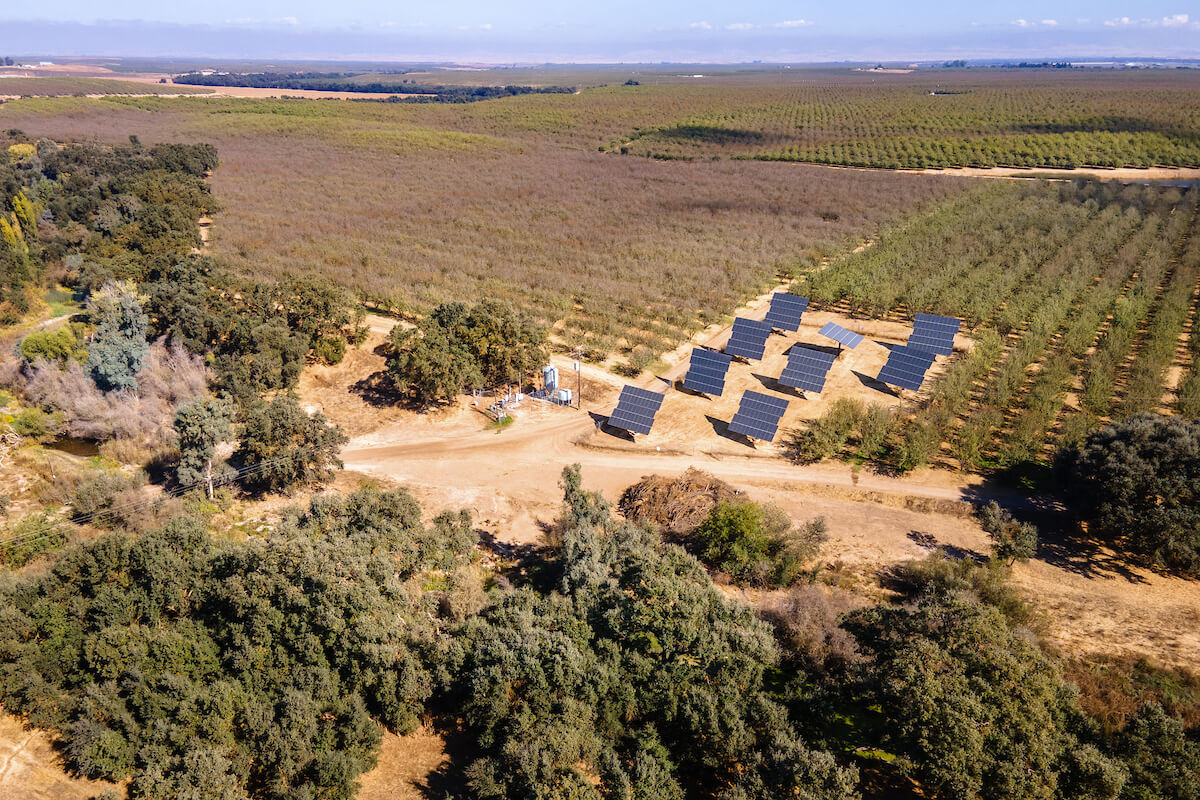
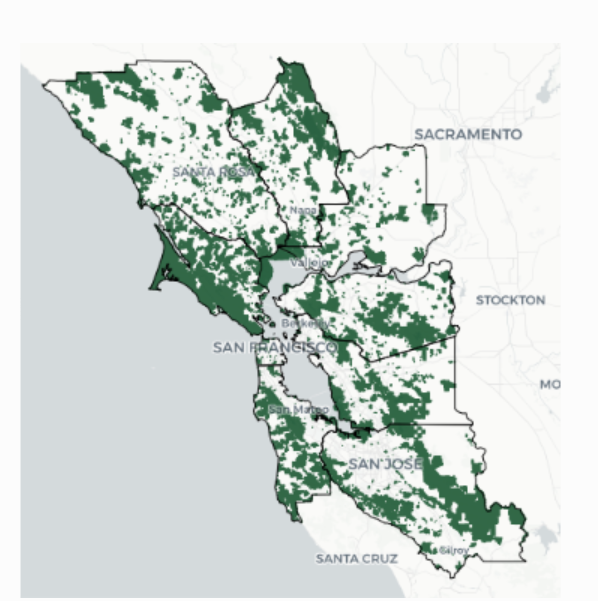
.jpg)
